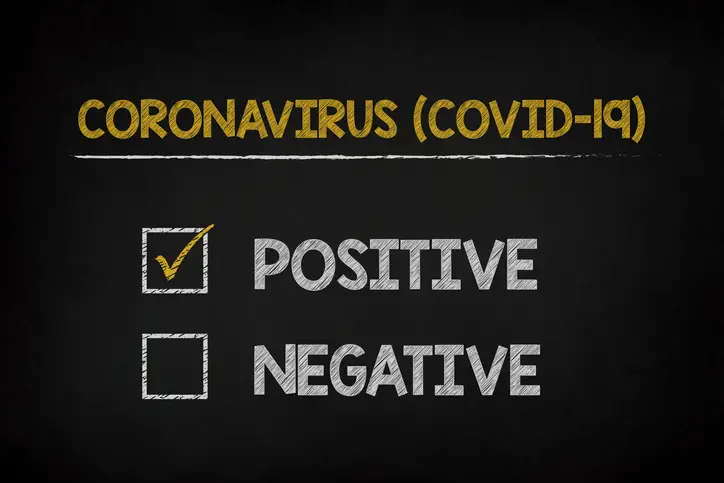Now that we’re several months into the COVID-19 pandemic, steps we need to take to effectively control the outbreak have become clear: conscientious prevention measures like handwashing and distancing, widespread testing with quick turnaround times, and contact tracing. None of these is easy to maintain over a prolonged period. But combined, they are our best bets while awaiting better treatments and an effective vaccine.
So, which tests to use?
The many types of tests available are sowing considerable confusion. Unfortunately, because this novel coronavirus is indeed novel, and COVID-19 is a new disease, information about these tests is incomplete and the options for testing keep changing. But here’s what we know now about tests designed to diagnose a current infection, and those that show whether you previously had the virus.
Diagnostic tests for current infection
If you want to know if you are currently infected with the COVID-19 virus, there are two types of tests: molecular tests and antigen testing.
Molecular tests (also called PCR tests, viral RNA tests, nucleic acid tests)
How is it done? Nasal swabs, throat swabs, and tests of saliva or other bodily fluids.
Where can you get this test? At a hospital, in a medical office, in your car, or even at home.
What does the test look for? Molecular tests look for genetic material that comes only from the virus.
How long does it take to get results? It depends on lab capacity. Results may be ready the same day, but usually take at least a day or two. Throughout the pandemic, especially lately, delayed turnaround times of up to a week or two have been reported in many places.
What about accuracy? False negatives — that is, a test that says you don’t have the virus when you actually do have the virus — may occur. The reported rate of false negatives is as low as 2% and as high as 37%. The reported rate of false positives — that is, a test that says you have the virus when you actually do not — is 5% or lower.
A molecular test using a deep nasal swab is usually the best option, because it will have fewer false negative results than other diagnostic tests or samples from throat swabs or saliva. People who are in the hospital, though, may have other types of samples taken.
You may have heard about pooled testing, in which multiple samples are combined and a molecular test is performed on them. This could speed up the testing of large numbers of people and reduce the number of tests needed.
If a pooled test is negative, the people whose samples were combined are told they have a negative test and individual testing is unnecessary. But if the pooled sample tests positive, each of the individual samples that were taken will then be tested to see which person(s) is responsible for the positive pooled result.






